Bee Balm (Monarda didyma) Care
Written by Iris
Sep 16 2021
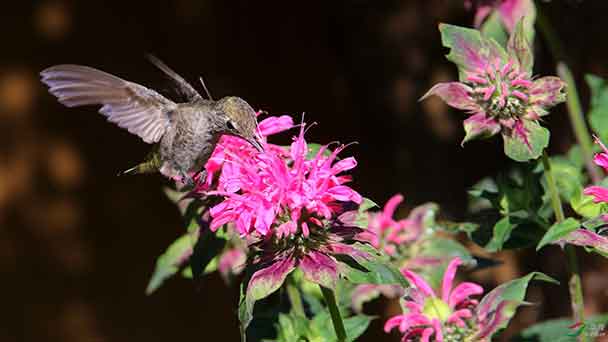
Charming flowers of Bee Balm (Monarda didyma) are common in gardens, roadsides and grasslands in July and August. The Bee Balm (Monarda didyma) flowers grow on plants that are 2 to 4 feet tall. 1 1/2 - to 3-inch-wide flower heads consist of slender tubular flowers. Bee Balm (Monarda didyma) Flower colors include white, pink, red, mauve and purple. Bee Balm (Monarda didyma) is a member of the mint family. Like most other plants in the mint family, Bee Balm (Monarda didyma) has square stems, opposite leaves, and is aromatic. The leaves of Bee Balm (Monarda didyma) have a mint-like aroma and are used in herbal teas, salads and ornaments.
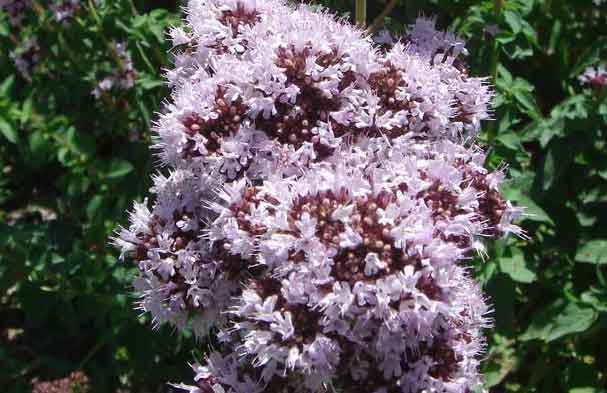
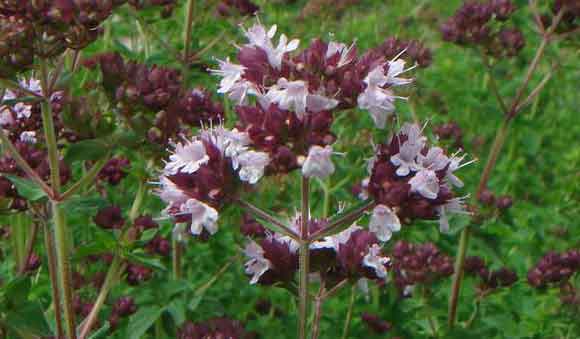
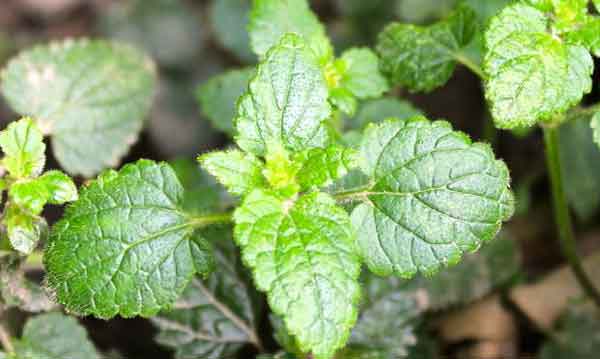
Wait until the foliage has filled out after shearing the plant. Then pruning is needed to encourage a denser, bushier growth. Cut back at the base of the plant and above the plant's first strong branches.
Remove any dead branches and remove spent blooms. Trim any remaining flowers back about an inch above the lowest set of leaves.
Bee balm plants will grow most abundantly if they are cut back about 2 inches in late summer or early fall. That helps promote a healthy flowering next spring and will encourage new growth for winter protection.
As with any garden plant, the best tool for pruning a bee balm is hand clippers. Avoid using a hedge trimmer or other power tool for the job. The stems are so thin they easily break.
Prune the plant in the spring before new growth appears. Cut about 2 inches from the base of the plant just above the first set of leaves. Cut the plant can be cut back further in the summer.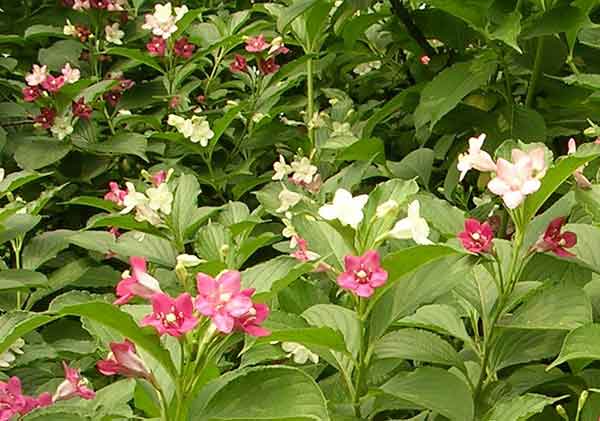
Cultural practices can reduce the severity of powdery mildew. When growing bee balms, select a site in full sun and space plants 1 1/2 to 2 feet apart. Divide plants every 2 to 3 years and water during dry periods. Remove and destroy disease-infested plant debris in the fall. The fungal spores of powdery mildew survive the winter on disease-infested plant debris. The removal and destruction of this material removes the source of next year's infection.
The best way for home gardeners to avoid the annoying problem of powdery mildew is to select mildew resistant varieties. Varieties that possess good mildew resistance include 'Marshall's Delight' (bright pink flowers), 'Gardenview Scarlet' (scarlet-red flowers), 'Violet Queen' (violet-blue flowers), 'Raspberry Wine'(wine-red flowers), and 'Colrain Red' (purplish red flowers).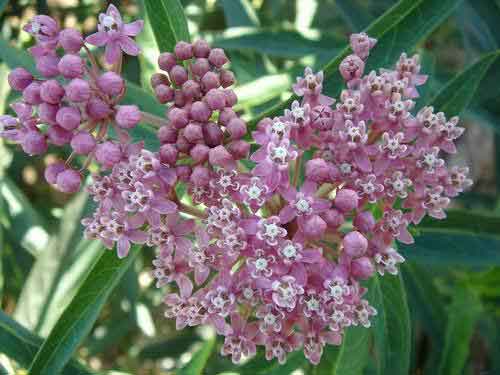
Where to Grow Bee BalmHow to Grow Bee Balm (Monarda didyma)Propagating Bee Balm with Stem CuttingsPropagating Bee Balm with DivisionHow to Grow & Care for Bee BalmBee Balm Sun RequirementsBee Balm Soil Care Bee Balm WateringBee Balm Temperature & Humidity CareBee Balm Fertilizer CareBee Balm Pruning CareBee Balm Pests & Diseases CareBee Balm (Monarda didyma) FAQDoes Bee Balm Spread?Does Bee Balm Come Back Every Year?Is Bee Balm Poisonous to Dogs?
Where to Grow Bee Balm
Bee balm thrives in a spot with "sun, sun, and more sun!" says Green; look for an area that receives six hours or more of full sunlight every day. Most types of Bee Balm grow best in well-drained soil, though you'll find that some types of bee balm have more flexible growing requirements. "Rich soils with sufficient organic matter will produce healthier plants, but some species, such as M. punctata, can tolerate sandy soils," says native plant expert Mikaela Boley, horticulture educator for University of Maryland Extension Office in Talbot County. "M. didyma, or scarlet bee balm, prefers moist, loamy soils." Native species can grow as high as four feet and, as a relative of the mint family, will spread quickly, making them best-suited to in-ground planting. Even so, Boley says that smaller cultivars can grow in a container without overwhelming their dedicated space.
How to Grow Bee Balm (Monarda didyma)
Propagating Bee Balm with Stem Cuttings
Bee balm is not often propagated using cutting, but it can be done. The cutting should be taken using an area of the plant that has new growth that is at least six inched in length. The cutting needs to be from the tip to just below a set of leaves. Then, the cutting will need to be placed in a small pot that has peat moss mixed into the soil. Rooting hormones can be added as well. Once the soil is settled, water the cutting well and place a plastic bag over it to keep it moist. In about two to three weeks, the bag can be removed from the new plant if it has taken root. Make sure that the area where you plant it has enough air flow so that the roots can breathe.Propagating Bee Balm with Division
Bee balms spread rapidly via underground stems or stolons. In addition, the centers of the clumps often die out within a few years. To control their spread and rejuvenate the plants, it's usually necessary to dig and divide bee balms every 2 to 3 years. Early spring is the best time to dig and divide bee balms. Dig up the plants as soon as they emerge from the ground. Divide the clump into sections with a sharp knife. Each section should have at least 2 or 3 shoots and a good root system. Replant immediately.
How to Grow & Care for Bee Balm
Bee Balm Sun Requirements
Thought bee balm can handle partial shade, it will thrive best if it receives at least six hours of full sun daily. Too much shade is known to make the plant leggy over time, and can often reduce the number or vibrancy of its blooms. However, bee balm plants grown in hotter climates can sustain a bit more shade than is typical.Bee Balm Soil Care
The best planting sites are moist, deep, fertile soils, but not so dry as to be dangerous for transplanting during blooming season. Soils that are too sandy and shallow usually mean poor growth. Most gardeners grow bee balm in a traditional garden soil, but one with added compost is ideal. It will grow in both raised beds and containers. Soil pH of 6.0 to 7.0 is preferred, but bee balm can tolerate a range of 5.5 to 7.5 Bee balm is naturally found in fields, along roadsides, on brushy hillsides, and in open woods. In your home landscape, bee balm is well suited to borders under trees, shrubs in mixed borders or beds, perennial borders, rock gardens, and open lawns. You can also grow bee balm in naturalized areas away from human traffic, but if you do, remember that bee balm is a yearly planting. As with most perennials, bee balm needs to be divided every three years to help stimulate and maintain vigorous growth and offset, but if you are dividing an existing planting, dig with a shovel rather than a spade.Bee Balm Watering
Bee balms like an even supply of moisture during the growing season. For best performance, water bee balms every 7 to 10 days during dry periods. When watering, soak the soil to a depth of 6 to 8 inches. Applying a mulch around the plants will help to conserve soil moisture and reduce the frequency of watering.Bee Balm Temperature & Humidity Care
Bee balm is not particularly picky about its temperature or humidity conditions, so long as it's planted in the proper USDA zones. That being said, new seeds should not be started until the ground temperature has reached at least 40 degrees Fahrenheit.
Bee Balm Fertilizer Care
Bee balms don't require frequent or heavy fertilizer applications. Sprinkling a small amount of an all-purpose garden fertilizer, such as 10-10-10, around each plant in early spring is usually sufficient. Avoid over fertilization. Frequent or heavy applications of fertilizer will encourage rampant, succulent growth and may increase the severity of powdery mildew.Bee Balm Pruning Care
Monarda plants are low growing and have a mounding shape. Pruning is really needed only in the spring on young plants. The goal of early spring pruning is to encourage bushy growth in the center of the plant. Snip off all the old flowering stalks and some of the new growth on the outside of the plant.Wait until the foliage has filled out after shearing the plant. Then pruning is needed to encourage a denser, bushier growth. Cut back at the base of the plant and above the plant's first strong branches.
Remove any dead branches and remove spent blooms. Trim any remaining flowers back about an inch above the lowest set of leaves.
Bee balm plants will grow most abundantly if they are cut back about 2 inches in late summer or early fall. That helps promote a healthy flowering next spring and will encourage new growth for winter protection.
As with any garden plant, the best tool for pruning a bee balm is hand clippers. Avoid using a hedge trimmer or other power tool for the job. The stems are so thin they easily break.
Prune the plant in the spring before new growth appears. Cut about 2 inches from the base of the plant just above the first set of leaves. Cut the plant can be cut back further in the summer.

Bee Balm Pests & Diseases Care
Bee balms may occasionally suffer some minor insect damage. However, powdery mildew is a more serious problem. Powdery mildew is a fungal disease. It appears as a grayish white "powder" on the upper leaf surfaces. Severely infected leaves drop prematurely. Disease symptoms are most severe on overcrowded plants, those growing in partial to heavy shade, and drought stressed plants.Cultural practices can reduce the severity of powdery mildew. When growing bee balms, select a site in full sun and space plants 1 1/2 to 2 feet apart. Divide plants every 2 to 3 years and water during dry periods. Remove and destroy disease-infested plant debris in the fall. The fungal spores of powdery mildew survive the winter on disease-infested plant debris. The removal and destruction of this material removes the source of next year's infection.
The best way for home gardeners to avoid the annoying problem of powdery mildew is to select mildew resistant varieties. Varieties that possess good mildew resistance include 'Marshall's Delight' (bright pink flowers), 'Gardenview Scarlet' (scarlet-red flowers), 'Violet Queen' (violet-blue flowers), 'Raspberry Wine'(wine-red flowers), and 'Colrain Red' (purplish red flowers).

Bee Balm (Monarda didyma) FAQ
Does Bee Balm Spread?
Division. Bee balms spread rapidly via underground stems or stolons. In addition, the centers of the clumps often die out within a few years. To control their spread and rejuvenate the plants, it's usually necessary to dig and divide bee balms every 2 to 3 years.Does Bee Balm Come Back Every Year?
The bee balm flower has an open, daisy-like shape, with tubular petals in shades of red, pink, purple, and white. Bee balm plants are perennial, coming back year after year to add cheerful color to your garden.Is Bee Balm Poisonous to Dogs?
Bee balm flowers and leaves are edible. In fact, eating the leaves will not harm a cat, dog or other animals in any way. Despite not being poisonous to animals, eating parts of any plant can cause digestive upset to an animal.Latest Updated
- Benefits of Bugleweed - 7 Science-backed Health Benefits
- Bugleweed Dangers & Side Effects - Is It Poisonous?
- How to Plant Evergreen Trees - What You Should Know
- When to Plant Evergreens - Grow Guide for Evergreen Trees
- 12 Wonderful Evergreen Shrubs for Your Garden
- 12 Popular Evergreen Plants with Pictures for Beginners
- When And How To Prune A Lilac Bush Like a Pro
- How to Grow & Care for Lilac Vine (Hardenbergia Violacea)
- Japanese Lilac Tree (Syringa Reticulata) Care & Propagation Guide
- Shumard Oak Pros and Cons - What to Know
Popular Articles
- Winter maintenance of Antirrhinum Majus
- How to Grow Terminalia Mantaly Tree
- How to Grow and Care for Crossostephium Chinense
- How to grow Antirrhinum Majus in spring
- Peristeria Elata (Dove Orchid) Profile: Info & Care Guide
- Underwatered Snake Plant (Sansevieria Trifasciata) - Signs And How To Fix
- How to Care for Brazilian Jasmine Plant (Mandevilla Sanderi)
- How to Grow & Care for Graptopetalum Purple Delight in Summer
- Rosa Chinensis (China Rose): Plant Growing & Care Tips
- How to Care for Baby Sun Rose (Aptenia Cordifolia)